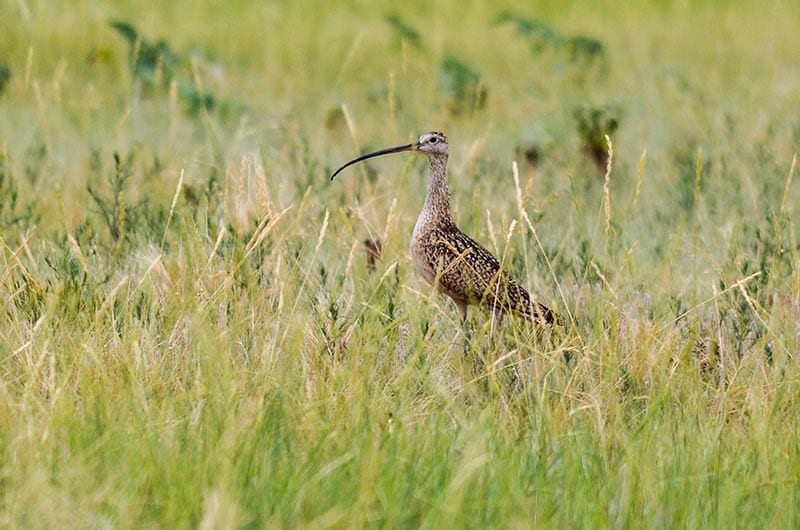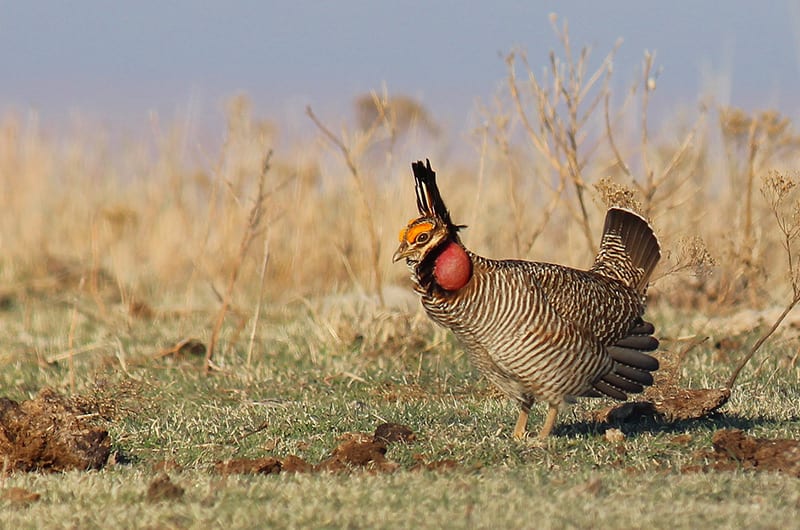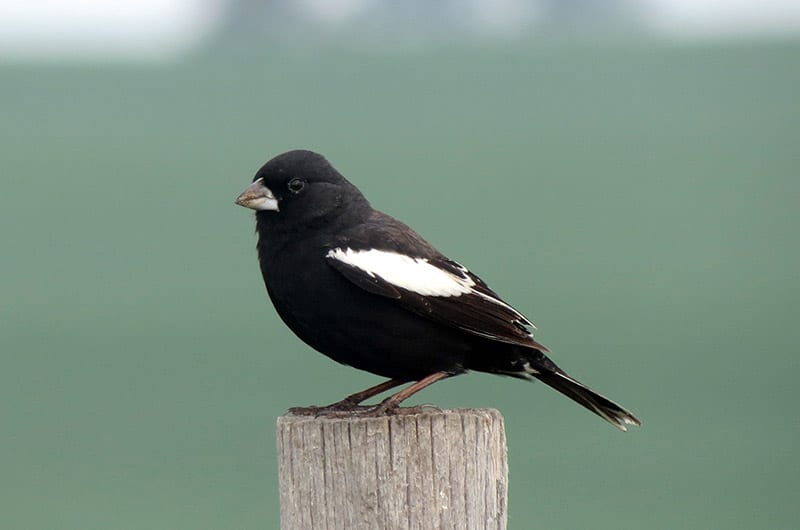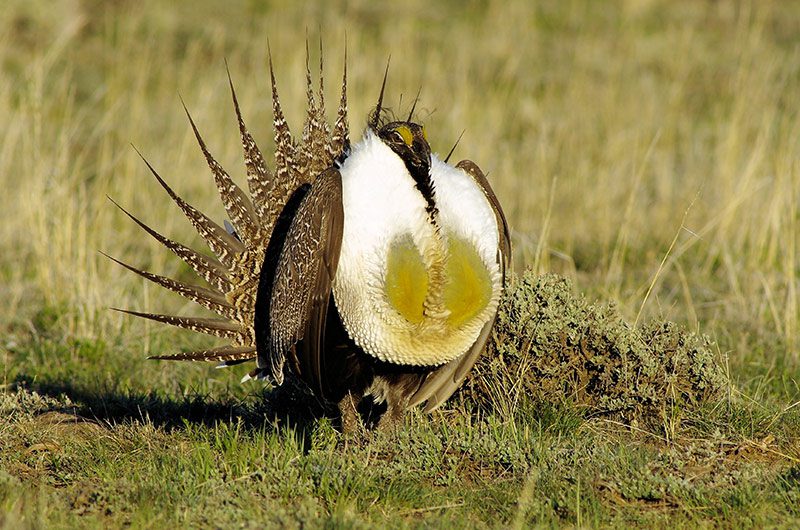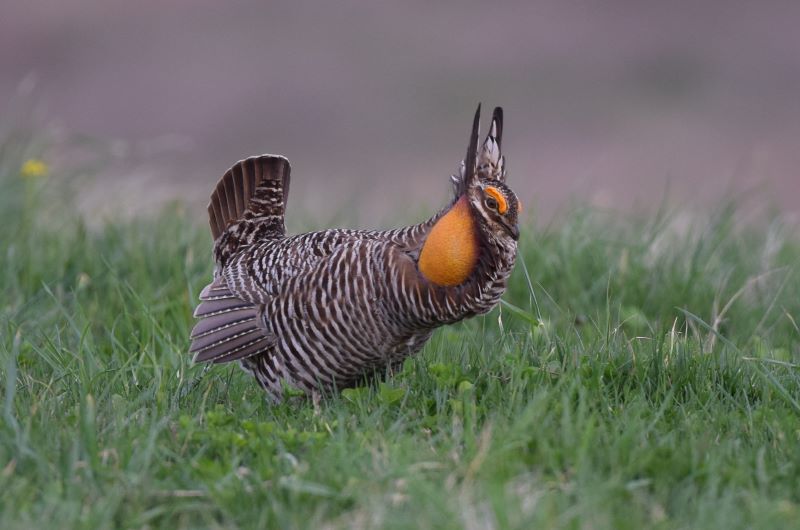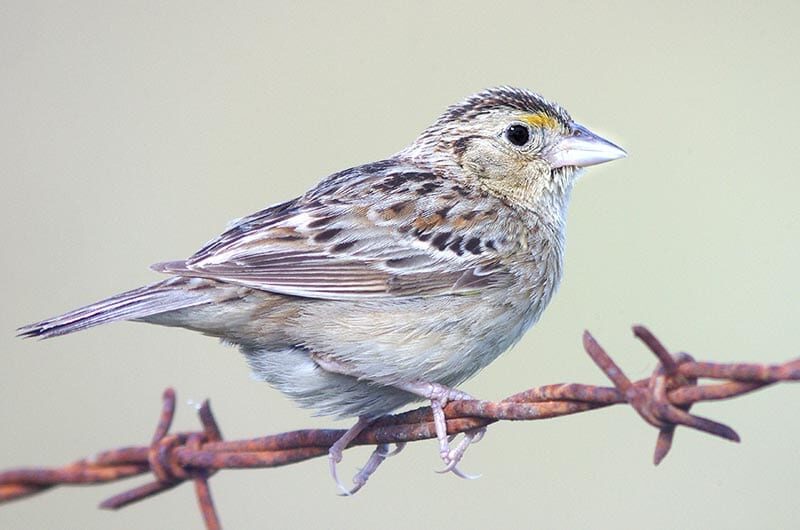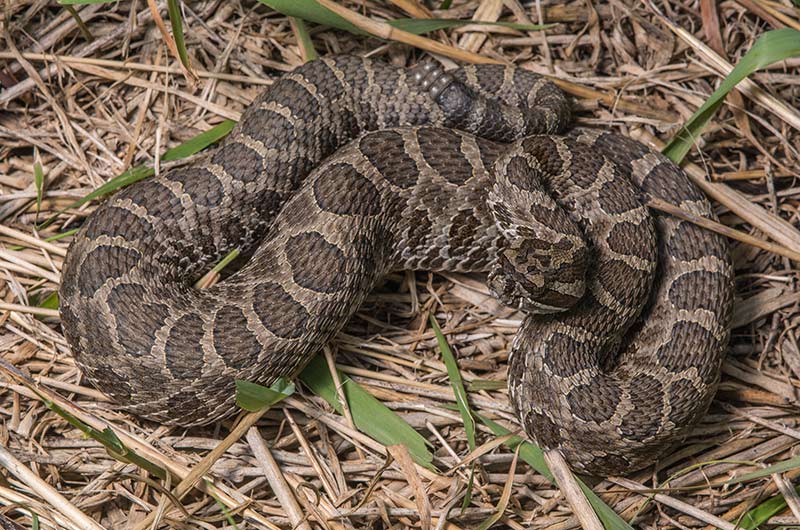LandPKS Learning
Habitat Hub
Factsheets and other helpful resources about the wildlife species living on your land (US only)
Long-billed Curlew
Adult curlews will vigorously chase and attack potential nest or chick predators including coyotes, raptors, and people. Adults become more aggressive towards predators as their eggs begin to hatch.
Read moreLoggerhead Shrike
Some insects and amphibians are naturally toxic to birds, so shrikes store these toxic animals on thorns or barbed wire for a day or two until the toxins have degraded and the food is safe to eat.
Read moreLesser Prairie-Chicken
The lesser prairie-chicken has one of the smallest population sizes of grouse species in North America (estimated 28,000 birds) with an estimated decline of 97% from historic numbers. The lesser prairie-chicken is not currently listed for federal protection under the Endangered Species Act.
Read moreLark Bunting
Lark bunting use two different songs in the breeding season: a primary song given from a perch or in flight and an aggressive song always given in flight.
Read moreGreater Sage Grouse
Greater sage-grouse are adapted to eat the leaves of sagebrush shrubs year-round. Sagebrush have a characteristic smell from chemicals called monoturpenoids, which are toxic to most wildlife. Sage-grouse have evolved to eat sagebrush leaves without getting sick.
Read moreGreater Prairie-Chicken
In spring, males attract females by stamping their feet rapidly and making booming sounds with their air sacs. They often leap into the air with loud cackles.
Read moreGrasshopper Sparrow
The grasshopper sparrow is one of the few North American sparrows that sings two completely different songs during the breeding season: one to attract females and one to defend a territory.
Read moreBrewer’s Sparrow
Brewer’s sparrows are highly adapted to dry environments year-round and can go weeks without drinking water.
Read moreShowy Prairie Gentian
Showy prairie gentian is considered one of the handsomest prairie wildflowers.
Read moreWestern Massasauga Rattlesnake
Communal denning throughout the winter season is a common occurrence for western massasauga. The den is called a hibernaculum.
Read more
Mobile App | Data Portal | Knowledge Hub | Habitat Hub | Learning Collections | Blog | About | Contact | Support

